The editor of Sichuan Maisiwei Electric Co., Ltd. briefly explains the main uses, characteristics, and control advantages of power regulators for loads
1. Inductive load: The controller can operate with a transformer, using gradual demagnetization during power on and gradual decay of magnetic field during shutdown; Pulse width variable triggering technology can provide sufficient locking time to reach the thyristor holding current, avoiding unreliable narrow pulse triggering. The high reliability microcontroller hardware system and proprietary software design scheme enable this machine to operate stably for a long time without current surge in various complex industrial power grid environments. It can be widely used in industrial low voltage, high current electric heating equipment, such as silicon carbon rods, silicon molybdenum wires and other electrical components for electric heating in metallurgy, building materials and chemical industry, light textile and other industries. It can also be used for the electric melting of molybdenum electrodes and graphite electrodes in heating media, as well as for various occasions in the chemical industry such as reaction vessels that require series connection of transformers.
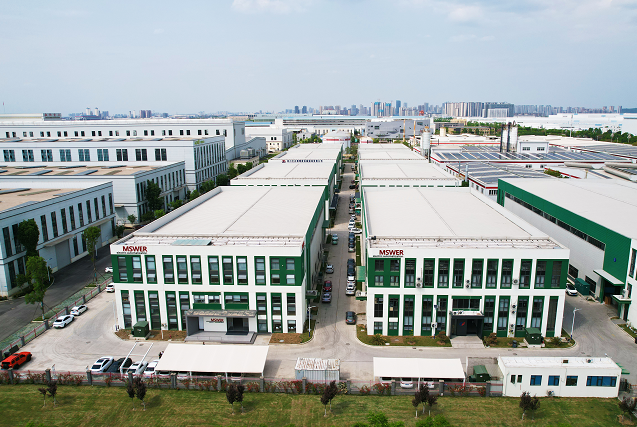
2. Resistive load:
1) Low thermal inertia category: using a slow start for 1 minute or longer when powered on, avoiding the impact current of negative resistance near 700 ℃. Gradually demagnetize and slowly turn off, gradually attenuating the magnetic field; Pulse width variable triggering technology can provide sufficient locking time to reach the thyristor holding current, avoiding unreliable narrow pulse triggering. Automatic/manual temperature control (temperature rise, constant temperature, automatic temperature control) for equipment such as resistance furnaces, heaters, ovens, drying channels, infrared radiation heating lamps, etc., and applied to voltage regulation, dimming, AC/DC motor speed regulation, electroplating, battery charging, etc., especially suitable for electric heating systems with small thermal inertia.
2) Types with high thermal inertia: silicon molybdenum, molybdenum wire, tungsten, platinum have large changes in thermal resistance, but the relationship between resistance and temperature is linear. By using step-down transformers, XCT1 current limiting, etc., current limiting can be designed for low, medium, and high temperature zones. In addition, SR53 linear limiting can be used, and the output power can automatically increase linearly with the set value of the instrument.
Integrated technology of three voltage and power regulation: The voltage regulation method has low load current impact and is suitable for transformer control, but it inevitably brings power pollution and reduces power factor. The zero crossing power adjustment method cannot limit the current, and cold shock will affect the lifespan of the heating tube. Pulse transformer output, phase-locked loop synchronous circuit with high ability to automatically distinguish phase and suppress power cross interference, and overcurrent. Three types of alarm prompts: overheating and undervoltage, with a rated current of 20-1500A. The intelligent AC power controller can be widely used for voltage regulation, constant voltage and current, and constant power regulation in various industrial fields, suitable for resistive loads, inductive loads, transformers, and motor soft start control.

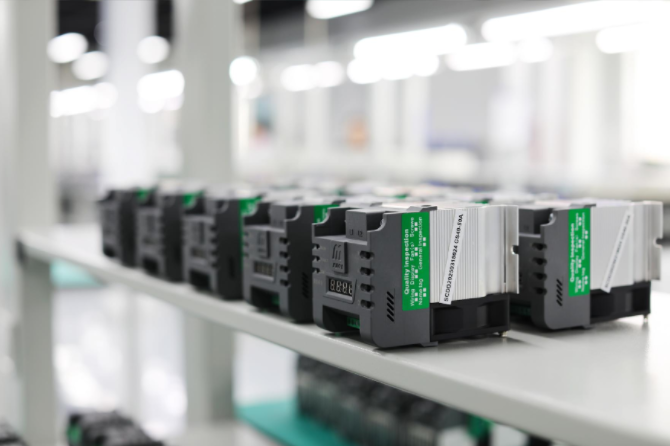
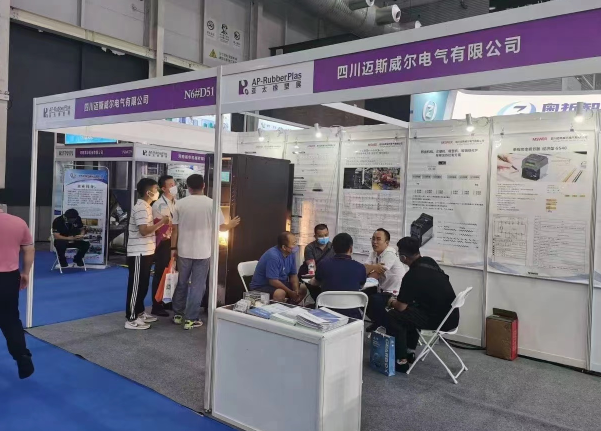
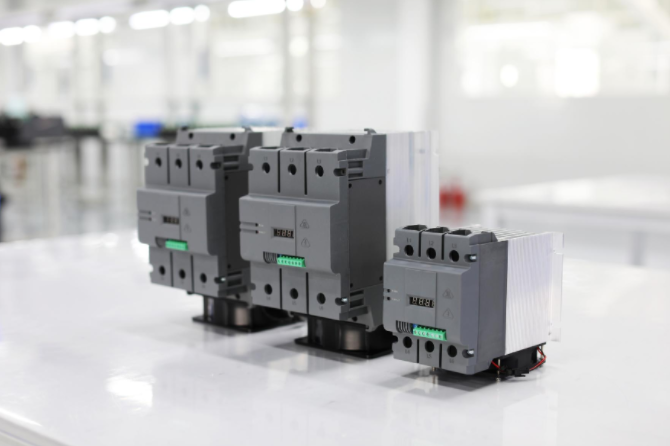
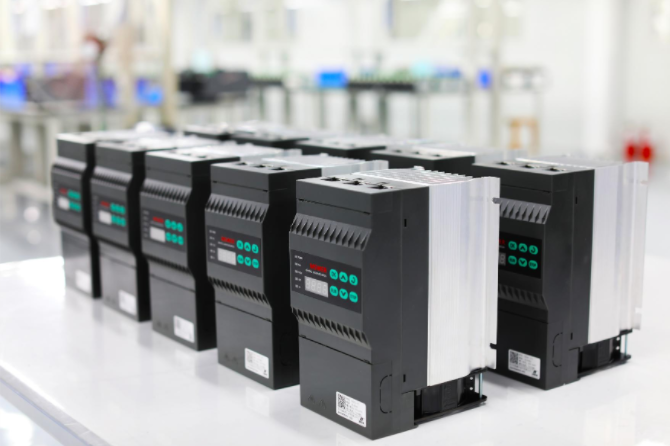




 Online
Online
 Tel
Tel